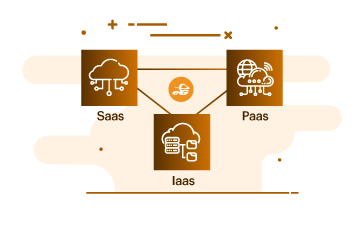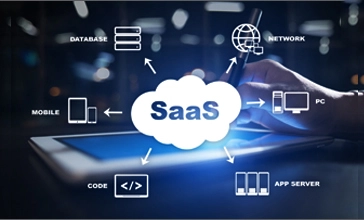Software as a Service (Saas)
What is SaaS (Software-as-a-Service)?
Software as a Service (SaaS) is a web-based software deployment model that makes the software accessible through a web browser. As a user of SaaS software, you don’t care where the software is hosted, which operating system it uses, or which language it is written in. The SaaS software is made accessible from any device as long you have an internet connection. With SaaS, you do not incur the capital cost of buying servers or software. The service provider shields you from software maintenance and you simply connect to the SaaS application via a console dashboard or API. Typical examples would include Microsoft Office 365, Intuit, Salesforce CRM, Zoom, ZoomInfo, Dropbox, Google Apps and many more that are for consumption by end-users. These applications run on the cloud and need not be downloaded to a local device. Webmail such as Outlook, Gmail, Yahoo, etc., is one of the earliest forms of SaaS.
SaaS makes it easy for you to focus on your core business. It is a great option for businesses that don’t have the staff or bandwidth to handle software installation and updates.
With SaaS, you tradeoff loss of control, security, and performance in exchange for time and maintenance savings. Choose SaaS vendors wisely based on several factors including:
Benefits of SaaS
How does the SaaS model work?
The SaaS model works by allowing someone else to manage the application and all of the behind-the-scenes infrastructure. In accordance with a service-level agreement, the customer pays a monthly or annual fee for the service provider to take care of everything from virtualization and servers to storage and networking.
SaaS applications use shared architecture to isolate data for each customer. But perhaps the true value of SaaS for business owners is the lack of investment required in infrastructure.
One of the biggest benefits of SaaS is that the service provider typically provides the service through their own data center or through a public cloud like Amazon Web Services or Microsoft Azure. This means the business does not have to invest in its own infrastructure to use the service.
SaaS use cases
What is SaaS used for exactly? A few examples of applications that depend on the SaaS model include:
Virtually any business software can be offered using this model. While there are certainly many more SaaS use cases, these represent some of the most well-known.




